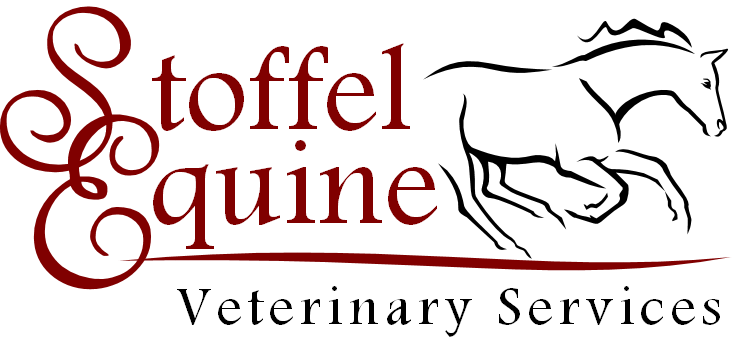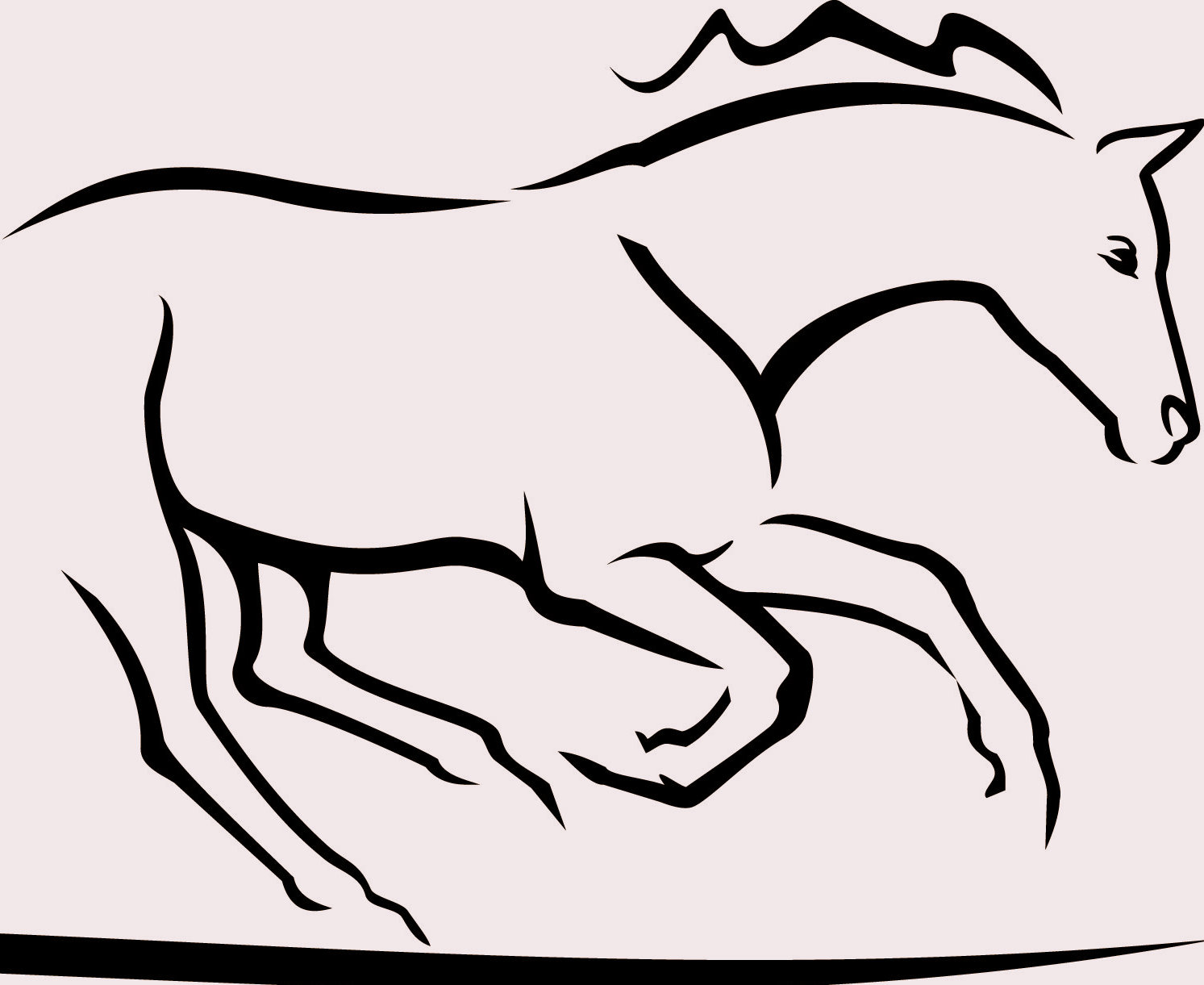
Magnetic resonance imaging (MRI) is an imaging technique that uses magnetic fields to create various types of cross-sectional and three-dimensional images. While commonly used by physicians, MRI has only been used in equine clinical cases for the past decade and has come into widespread use just within the past five years. This modality provides superior soft tissue and bone detail, allows detection of abnormalities in an earlier state of disease, and is considered the gold standard in many cases.
Magnetic field strength is measured in Tesla (T). The strength of the magnetic field varies between types of magnets but is typically between 0.3 T and 1.5 T for most magnets currently in routine equine clinical use. Increased magnetic field strength means that examinations can be obtained with higher resolution in a shorter time. The strong magnetic field causes the molecules in the body to align slightly differently than they do while under only the influence of the earth's magnetic field. This influence allows us to manipulate the molecules using targeted electromagnetic gradients and radiofrequency pulses in various ways to gain more information about the tissues.
A typical MRI examination produces hundreds of individual images to be reviewed and usually takes between one and two hours to complete. Specific sequences are optimized to highlight regions of inflammation, changes in anatomical structure, or areas of chronic damage.
Magnetic resonance imaging is often used when other imaging modalities such as radiography, ultrasonography, or nuclear scintigraphy have failed to provide a specific diagnosis. These failures may be due to the fact that the changes are very subtle and cannot be diagnosed using these methods. Since an MRI examination can be time consuming and often requires general anesthesia, it is extremely important for the area of interest be identified as specifically as possible, as it is not feasible to examine an entire limb. In lameness cases, a thorough lameness examination to localize the problem is essential.
Magnetic resonance imaging is not without limitations. Many systems require general anesthesia, and examinations can be expensive. The design of current equipment restricts the size of body regions that can be accommodated to the bore of the magnet. These limits can vary from the limbs distal to and including the carpus or tarsus and the head, to the level of the second cervical vertebra in most adult horses, to an entire foal (less than 500 lbs). Images of ponies are often limited to the feet, fetlocks, and head due to their short legs.
Navicular disease has long been classified as a group of clinical signs and typical responses to diagnostic local anesthesia. Using MRI , navicular cases actually are seen to have a diverse group of problems including lesions of the deep digital flexor tendon, inflammation or sclerosis of the navicular bone, or inflammation of the supporting ligaments of the navicular bone. The optimal treatment for each of these problems is not the same, so MRI allows therapy to be tailored to the specific disease process.
Imaging of the brain is essentially impossible without MRI or computed tomography. Since the brain is a soft tissue structure encased in a bony housing, ultrasound waves are unable to penetrate the bone, and radiography is insensitive to soft-tissue problems. By using MRI, we have been able to find mass lesions, hemorrhage, infection, and inflammation in the brain and make recommendations accordingly.
The upper airway is another region in which MRI has enabled us to refine our diagnoses prior to medical or surgical treatment. Masses or fluid within the sinus cavities appear very similar on radiographs, even if the disease processes have different etiologies, treatments, and prognoses. The ability to differentiate a tooth root abscess from primary sinusitis, an ethmoid hematoma, or a sinonasal cyst changes the approach to the case and a more targeted method can be used.
Magnetic resonance imaging is an exciting, rapidly evolving sector of equine medicine. As advances in technology and knowledge continue, we will hopefully continue to refine our diagnostic abilities.


Other Articles
CT Scans Can Help Diagnose Stifle Lameness
Diagnosing And Treating Equine Neck And Back Pain
Fossil Evidence Of Laminitis In Ancient Horses
Hoof Anatomy: Outer Structures
Hoof Angles' Impact On Lameness Examined
Hoof Cracks: Types And
Treatments
Hot Topics In Horse
Care: Horse Hoof Biomechanics
Joint Injections
MRI To Evaluate Suspensory, Sesamoid Injuries
Physical Exam Of The Horse Hoof
Prepurchase Exams: A Health Care Must

Dr. Krystyna Stoffel, D.V.M.
651.226.6862
Nick Stoffel,
Farrier
651.270.1044
13014 265th Street, Welch, MN
55089
Contact Stoffel Equine Veterinary Services
Request
An
Appointment
with
Stoffel Equine

Stoffel Equine is an ambulatory, equine exclusive veterinary practice focusing on lameness and performance issues.
We are dedicated to preventing, diagnosing and treating injuries and ailments of equine athletes. We provide customized services and care unique to your needs.
Stoffel Equine, brings the veterinary clinic to your front door, equipped with the latest equipment and technology. We diagnose and treat lameness problems on your farm with the portable, stall side, digital x-ray and ultrasound. This equipment provides immediate diagnosis of any abnormalities.
Our portable shockwave machine, also provides immediate treatment for soft tissue and some joint disease.
Our goal is to enhance your horse's quality of life.
Please contact us for more information, or to schedule
an appointment.
© Copyright 2011
Stoffel Veterinary Services